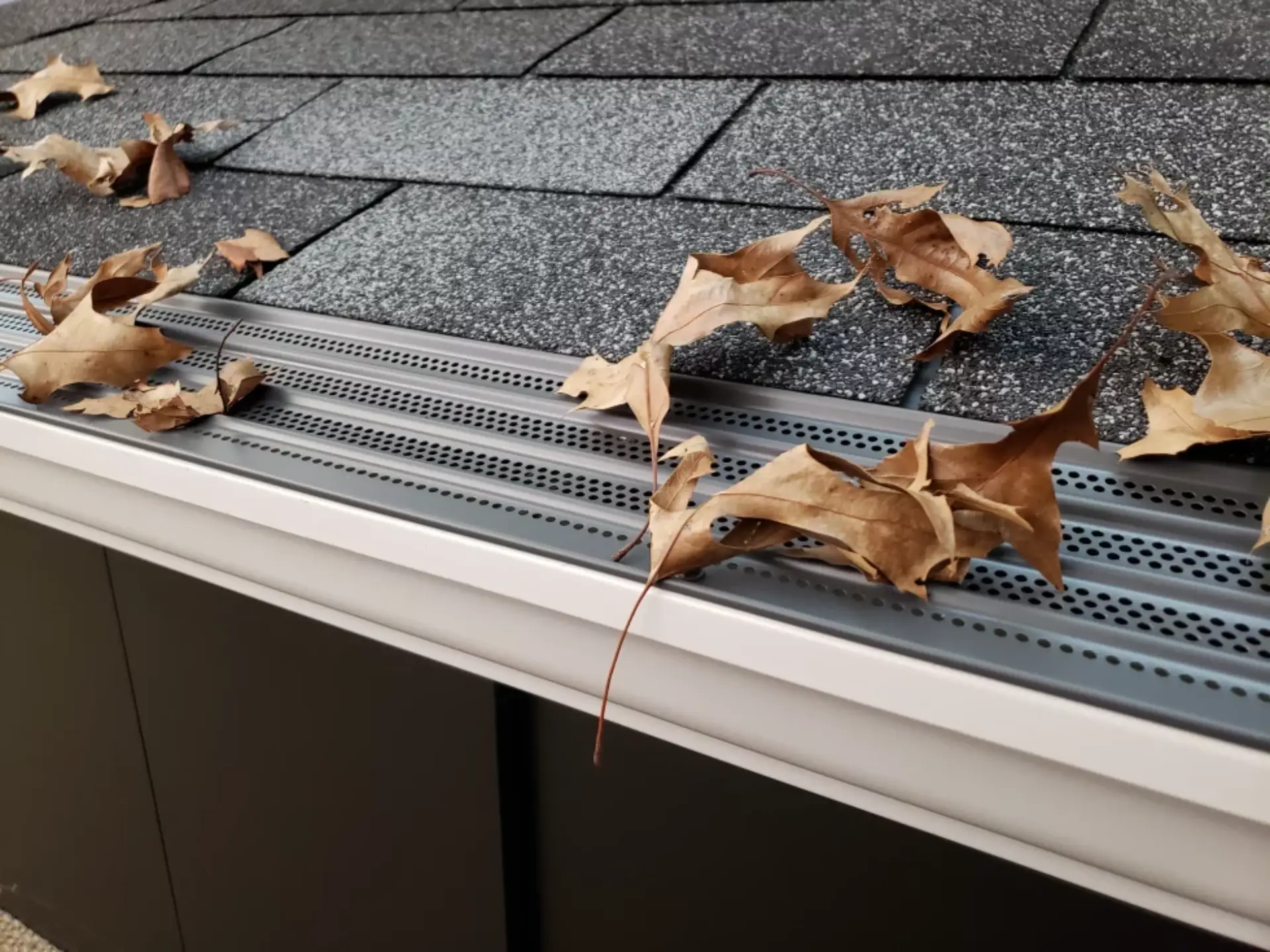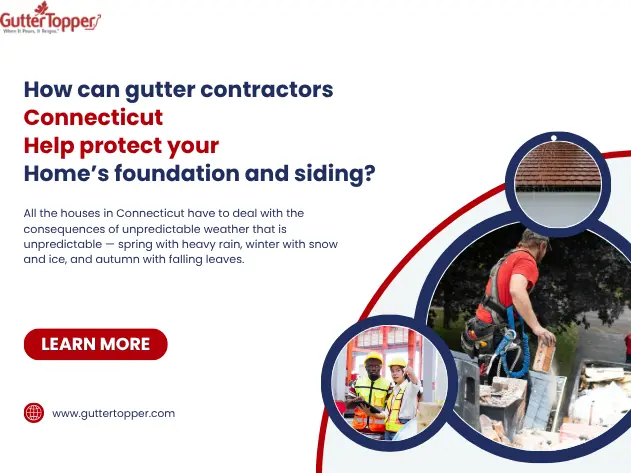Choosing the right gutter covers is vital for roofing contractors who aim to provide top-notch services. These covers protect gutters from clogging with leaves and debris, ensuring smooth water flow. This prevents water damage to the roof and foundation, ultimately saving money on repairs.
High-quality gutter covers also reduce maintenance time and costs. Instead of frequently cleaning gutters, contractors can install effective covers that last long and require minimal upkeep. This makes roofing projects more efficient and less labor-intensive.
In 2024, with various gutter cover types available, selecting the best one might seem overwhelming. However, by understanding key factors and differences among options, contractors can make informed choices.
Understanding the Importance of Gutter Covers for Roofing Projects
Gutter covers are indispensable in ensuring the health and longevity of roofing systems. For roofing contractors, installing gutter covers helps protect the roof and the surrounding structure from water damage. When gutters clog with leaves, twigs, and other debris, water can overflow and cause significant harm to the roof, walls, and even the foundation.
Moreover, blocked gutters lead to water pooling, which can result in mold and mildew growth. This is not only harmful to the building materials but also poses health risks. Gutter covers act as a barrier, preventing debris from entering the gutters while allowing water to flow freely. This safeguards the entire roofline and foundation of the building.
In addition, using gutter covers reduces the frequency of gutter cleaning. Regular maintenance can be labor-intensive and costly. By installing high-quality gutter covers, contractors help clients save time and money on upkeep. This also translates to fewer safety hazards associated with climbing ladders for cleaning activities.
Factors to Consider When Choosing Gutter Covers
Selecting the right gutter covers involves evaluating several factors to ensure they meet the specific needs of each roofing project. Here are key elements to consider:
- Material: The material of the gutter cover significantly impacts its performance and durability. Aluminum and stainless steel are popular choices due to their resistance to rust and corrosion. These materials offer long-lasting protection and withstand harsh weather conditions. On the other hand, plastic covers might be less durable but are often more affordable.
- Design: The design of the gutter cover affects its effectiveness in filtering debris. Options include mesh screens, solid covers with slits, and reverse curve designs. Mesh designs like those in Leaf Terminator block small particles while allowing water to pass through. Conversely, solid covers like Gutter Topper direct water into the gutters while pushing debris off the roof edge.
- Ease of Installation and Maintenance: Some gutter covers are easier to install and maintain than others. Contractors should opt for designs that offer straightforward installation processes and minimal maintenance requirements. Hinged covers or snap-on designs can simplify both installation and future upkeep, ensuring efficiency and cost-effectiveness.
- Compatibility: Ensure the gutter cover is compatible with the roof type and gutter size. Covers should fit snugly under shingles or tiles and work well with different roof pitches. The Versatile Solution is an example of a cover that adapts to various roof styles, providing flexibility and convenience.
- Warranty and Cost: A good warranty can provide peace of mind and indicate the manufacturer’s confidence in their product. While high-quality gutter covers may be more expensive initially, the long-term benefits, such as reduced maintenance and repair costs, often justify the investment.
By considering these factors, roofing contractors can select the most suitable gutter covers, ensuring optimal performance and client satisfaction on every project.
Comparing Different Types of Gutter Covers in 2024
In 2024, the market offers various types of gutter covers, each with distinct features and benefits. Understanding these differences can help roofing contractors choose the ideal solutions for their clients.
- Gutter Topper: Known for its solid cover design, Gutter Topper directs rainwater into the gutter while blocking debris from entering. Its unique design fits securely under roof shingles, preventing leaves and twigs from clogging the gutters. This option is excellent for areas with heavy foliage.
- Leaf Terminator: This cover features a perforated design that allows water to flow through while keeping out larger debris. Leaf Terminator is made from durable materials like aluminum, ensuring long-lasting protection against rust and corrosion. It’s suitable for regions with moderate debris load.
- Needle Guard: Specifically designed to handle pine needles and small debris, Needle Guard uses a fine mesh to filter out materials while maintaining water flow. This solution is perfect for properties surrounded by pine trees or areas where smaller debris is common.
- The Solution: This cover combines elements of solid and mesh designs, providing versatility in debris handling. The Solution has small openings that let water in while blocking leaves and larger particles. It is a reliable option for diverse environmental conditions.
- Versatile Solution: True to its name, Versatile Solution adapts to various roof styles and gutter sizes. It offers a balance between solid covers and mesh screens, making it a flexible choice for different project needs. This cover works well in both residential and commercial settings.
By comparing these types and understanding their specific uses, roofing contractors can make informed decisions, tailoring their choices to the unique needs of each project.
Tips for Installing and Maintaining Gutter Covers
Proper installation and maintenance of gutter covers are vital for their effectiveness and longevity. Here are some tips to ensure optimal performance:
- Correct Installation: Always follow the manufacturer’s instructions when installing gutter covers. Incorrect installation can lead to gaps and ineffective debris blocking. Ensure covers fit snugly under shingles or tiles without causing damage.
- Secure Fastening: Use appropriate fasteners to secure the gutter cover to the gutter system. This prevents dislodging during heavy storms or high winds. Stainless steel or aluminum screws are ideal for their resistance to rust and corrosion.
- Regular Inspection: Periodically check the gutter covers for any signs of wear and tear. Look for gaps, loose fittings, or accumulated debris on the surface that might obstruct water flow. Promptly address any issues to maintain the cover’s efficiency.
- Seasonal Cleaning: Despite their protective role, gutter covers may still collect some debris over time. Schedule seasonal cleanings to remove any buildup on the surface. This ensures that water can flow freely through the gutters.
- Professional Maintenance: For optimal results, consider hiring professional services for regular maintenance. They have the expertise and tools to clean and inspect gutter covers thoroughly, extending their lifespan.
By following these tips, roofing contractors can ensure that the gutter covers they install perform effectively, providing lasting protection for the roofs they work on.
Conclusion
Choosing the best gutter covers involves understanding their importance, evaluating key factors, and comparing different types available in 2024. By selecting high-quality gutter covers, roofing contractors can protect the integrity of the roofing system, reduce maintenance efforts, and ensure client satisfaction. Proper installation and regular maintenance further enhance the performance and durability of these essential components.
For the most dependable gutter protection products, explore the extensive range offered by Gutter Topper. Make a smart investment in your roofing projects and secure long-term efficiency and protection.




